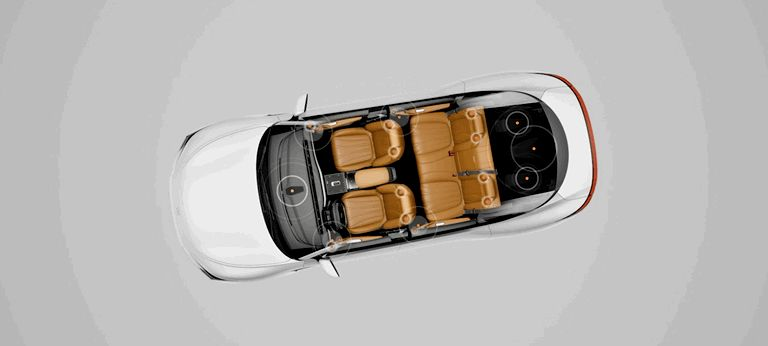Starting from the introduction, the interior style can certainly be minimalist, pursuing a technological and youthful style, and a concise and clear design style is the best; but the design quality cannot be compromised. The interior of electric vehicles should match the performance of electric vehicles. As they represent the future of automobiles, it is naturally worth better design.
What does a minimalist interior look like?
When it comes to minimalist interiors, people often think of Tesla’s large screens, minimalistic hardware buttons, and almost no decorative elements. This design stunned most people in the traditional automotive industry when it first appeared in 2010. Some refused to acknowledge that this would be the direction of automotive interior design in the coming years. However, in recent years, we have seen that traditional manufacturers have been reducing buttons and increasing screen sizes at a rate that is on par with Tesla, simplifying interaction methods, reducing hardware modules, and making the entire cabin design more tidy.
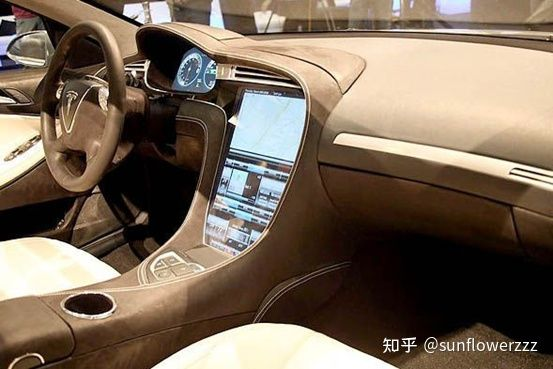
After reading the first paragraph, do you think I am praising Tesla? Actually, I am not. Tesla, which has been accelerating the simplification of interior design, has gone too far in recent years. For example, it has forcibly changed users’ existing interaction habits by integrating the information of the instrument panel display screen with the central control screen, even though the purpose was to reduce costs (and it then added the instrument panel back in on the more expensive new Model S model).

This kind of minimalism has begun to extend beyond style and is beginning to affect the overall sense of quality and material selection. By packaging it as a technological, environmentally friendly, and first principles-oriented product, many trade-offs made for cost considerations are hidden. Under Tesla’s banner of “pioneering the energy revolution,” these seem to be reasonable, but in reality, more costs are being released into the epoch-making three-electric technology.
 But in the future of minimalist interiors, there should be better designs, and the soft leather, natural wood, and delicate stitches are not the privileges of traditional fuel-powered vehicles, but the natural pursuit of human beings for a more comfortable and enjoyable journey in mobile transportation. These designs have been evolving since the era of horse-drawn carriages. The interior design of the new car era should have further breakthroughs, not just highlighting technology, but using exquisite and comfortable interior design and color materials to enhance the advancement of technology.
But in the future of minimalist interiors, there should be better designs, and the soft leather, natural wood, and delicate stitches are not the privileges of traditional fuel-powered vehicles, but the natural pursuit of human beings for a more comfortable and enjoyable journey in mobile transportation. These designs have been evolving since the era of horse-drawn carriages. The interior design of the new car era should have further breakthroughs, not just highlighting technology, but using exquisite and comfortable interior design and color materials to enhance the advancement of technology.
The Evolution of Interior Design and Craftsmanship
The evolution and achievements of interior design and craftsmanship in the era of horse-drawn carriages during the traditional energy era can also be enjoyed by electric car users. Many people are trying, and in the United States where Tesla was born, Lucid, created by several core engineers who left Tesla, is a firm practitioner of this principle, breaking through the performance of the times and carefully crafting the interior, which is not in conflict.
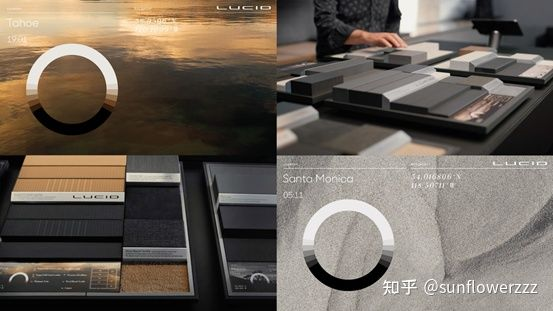
Recently, many new pure electric cars have begun to promote the use of synthetic leather, imitation leather, and other materials to replace traditional real leather materials. The characteristics of synthetic leather, such as stain resistance, abrasion resistance, and low odor, are used to compare with real leather. However, the characteristic that synthetic leather material manufacturers most want to achieve is the inherent characteristics of real leather, soft touch, wear resistance, and breathability.

Top products of traditional energy luxury brands choose first-class genuine leather to create an interior environment. However, since electric vehicles can easily democratize the top products’ acceleration performance of traditional energy luxury brands, the selection of first-class genuine leather materials should also be popularized.

In the recently launched pure electric new cars, the semi-aniline leather selected by L7 is an excellent example. It is sourced from the top global raw leather resource production area in Bavaria, Germany. It has gone through up to 78 classic leather-making processes, including tanning, coating, and aniline dyeing, to maximize the preservation of the natural touch of the leather itself. The touch feels soft, and the appearance is smooth, fully displaying the beauty of nature. The special coating and aniline dyeing technology also fully retain the natural pores of the grain layer of the genuine leather, maximizing the restoration of the leather’s own breathability.Beyond genuine leather, the naturally textured and unique genuine wood trim is another interior design element that has been passed down and constantly evolved from the era of carriages in traditional energy vehicles. With the support of the continuously evolving technology in modern automotive industry, the endless stream of new shapes and unconstrained decorative positions form a beautiful scenery in the interior of traditional energy top luxury cars.
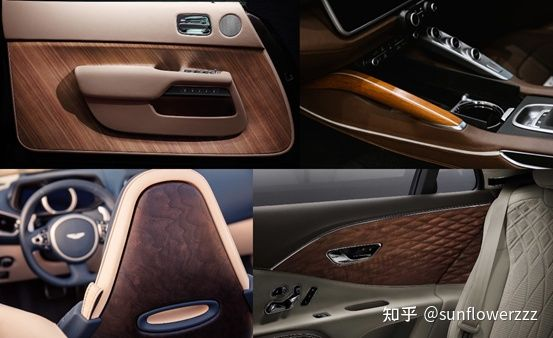
As mentioned earlier, the L7 from IM also uses this design element in its cabin and adopts the tulipwood texture that has been highly praised by traditional luxury brands. The wood is sourced from Como Lake in the Alpine region, and is created from whole pieces of wood using a unique cutting process that maximizes the retention of the original natural texture, creating a simple and pure visual and tactile experience in the cabin.
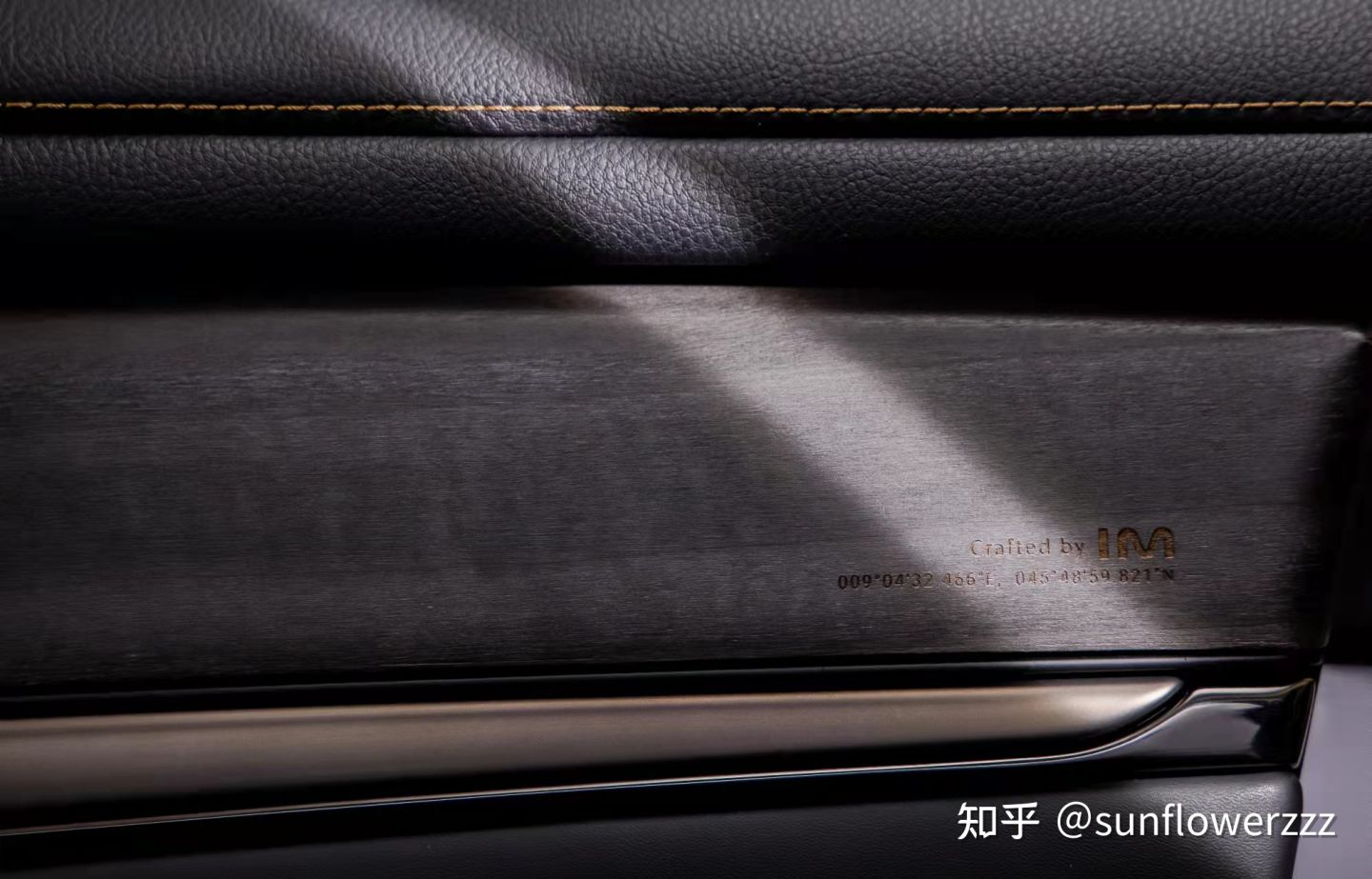
Besides visual and tactile senses, there is another key indicator in automotive interior design that is also very important – smell. This is also a new breakthrough achieved through the continuous progress and evolution of the automotive industry and various technologies. Naturally, pure electric vehicles, representing the future, must also lead in this aspect.

Taking IM L7 as an example, they have already started to pay attention to the overall odor of the vehicle since the pre-production stage by creating a “Clean Odor Workshop”. They have implemented pre-management of the overall odor of the vehicle in the factory, ventilated and deodorized throughout the entire industry, assembled the vehicle only when all the parts have emitted odors, and used an efficient activated carbon filter that can filter PM2.5 particles in the air conditioning system to filter pollutants. Coupled with the in-car air detection system, they have created a first-level standard in the “Indoor Air Quality Rating for Infants and Young Children in Building Industry Design.” Such strict process requirements and R&D goals should not only make them a leader among new car manufacturers, but also one of the top tier in the entire industry.
Inheritance and Innovation of Interior Design
Of course, the concept of electric car interior design is not entirely inherited. The combination of texture and technology creates a leading sensory experience.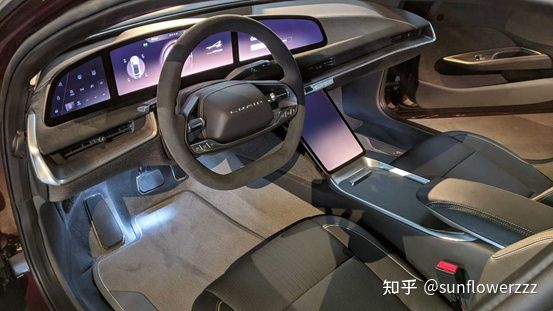
In recent years, car consumers have enjoyed a new experience brought by the rapid progress in screen technology in the consumer electronics industry. Smart electric cars naturally need to keep up with the trend, realizing corresponding technological evolution and experience upgrade. The 39-inch smart scene screen of the Lucid Air Dream Edition fits the trend of the consumer electronics industry, with screens becoming larger inch by inch. Meanwhile, it has also made significant progress in the overall hardware design aesthetic. The thickness of the screen and the size of the black border have excellent control levels.
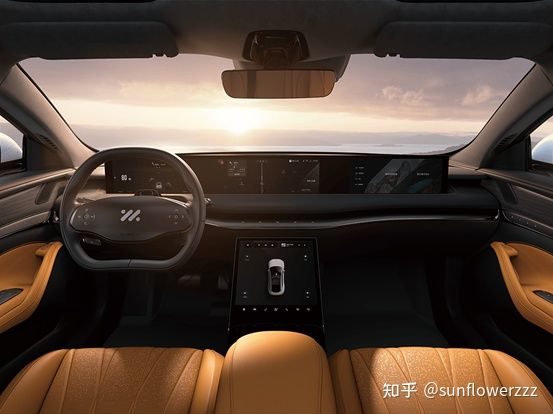
In the design integration, while perfectly blending the feeling of luxury, comfort, and technology, the Lucid Air Dream Edition also adds a left and right screen separately lifting design for the front seat screen. This design not only meets the need for ceremony but also provides specially designed scene experience, including greeting upgrades, simple information for immersive driving, and associate actions for linear acceleration experience mode. These intelligent operations associated with scene experience are also a manifestation of the leading sensory technology of pure electric vehicles.
This Lucid Air Dream Edition car also has many smart surface interactions created with the invisible technique, which integrates the hardware interaction buttons in the car with natural and pure voice in the interior model language, further highlighting a mutually beneficial combination of quality interior and smart sensory.
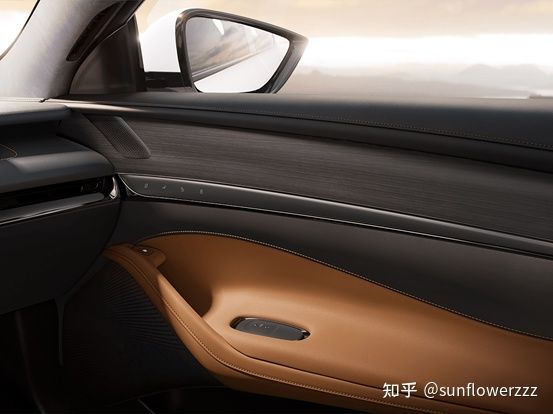 Apart from visual enjoyment, providing an auditory feast is also an essential premium experience that must be presented to customers by intelligent electric vehicles (EVs). Compared with conventional vehicles, intelligent EVs perform better in simplifying interaction and sharing driving pressure. Therefore, providing better entertainment experiences as a way of saving passengers’ time and energy is a good design direction.
Apart from visual enjoyment, providing an auditory feast is also an essential premium experience that must be presented to customers by intelligent electric vehicles (EVs). Compared with conventional vehicles, intelligent EVs perform better in simplifying interaction and sharing driving pressure. Therefore, providing better entertainment experiences as a way of saving passengers’ time and energy is a good design direction.
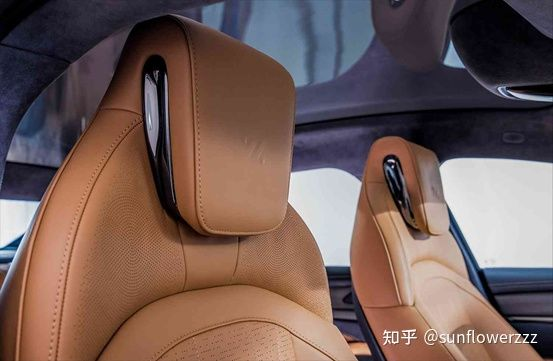
An auditory feast is a good option, and the previously mentioned IM L7, with 22 speakers throughout the car and 1,120 watts of amplifier hardware design, combined with the software function of an Individual Sound entire car independent intelligent sound field, create a surround sound experience that each passenger can enjoy. At the same time, thanks to the existence of a four-sound zone independent sound field, the entire car audio flow can be split and played, and the information flow is obtained and enjoyed by individual passengers. In addition, the car’s entertainment audio is no longer interrupted by gap commands such as navigation, and experiences such as near-field voice interaction and private Bluetooth calls, which were unimaginable in traditional car audio systems, all become available in the IM L7.
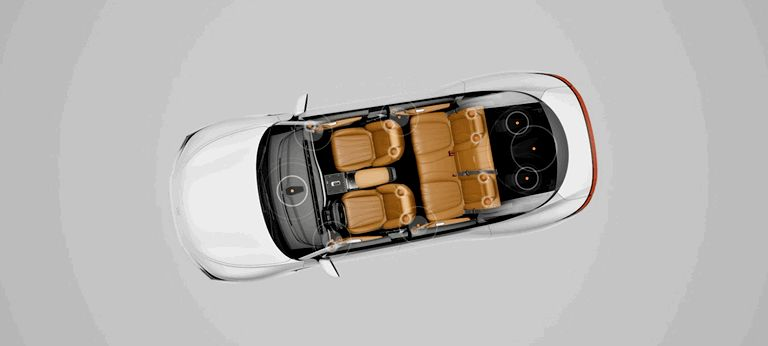
Conclusion
The future of electric vehicle interiors may indeed be as minimalistic as first exhibited in the Tesla Model S, but the actual experience in terms of vision, touch, smell, sound, etc. cannot be simplified. Electric vehicles can bring next-generation and future-oriented performance, and naturally, they should also provide next-level and era-representative interior experiences.
This article is a translation by ChatGPT of a Chinese report from 42HOW. If you have any questions about it, please email bd@42how.com.
